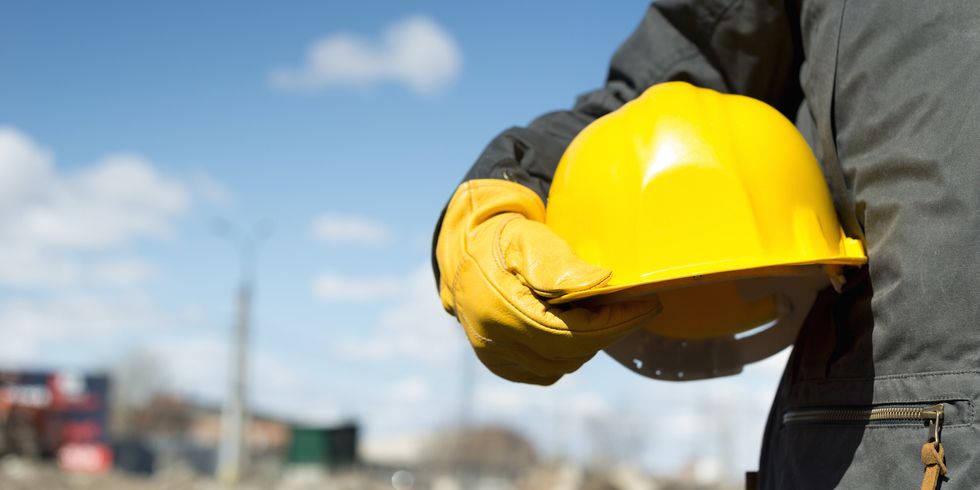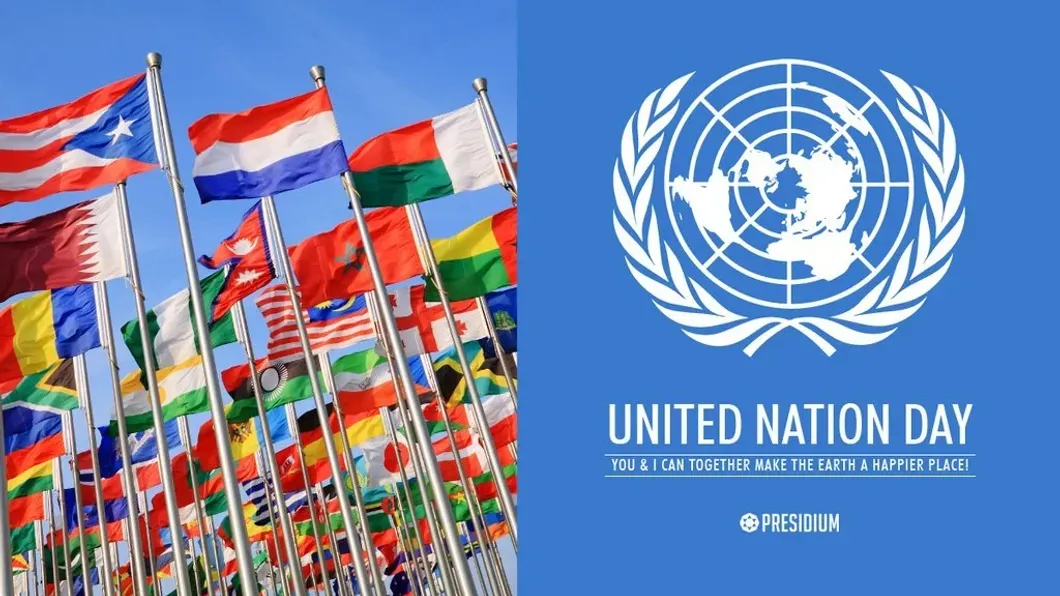Workplace safety law comprises of state/provincial and federal rules and regulations enforced on businesses to protect the rights of workers and to keep them safe from possible hazards. Generally, all private-sector employees are required to follow these rules. Standards are devised to lower the risk of workplace accidents and injuries. Workplace conditions are generally inspected by government representatives to find any violations, and if offenders are caught they be will bound to pay fines and penalties.
While America and Canada are neighboring countries, there is significant difference between the two country's safety laws. In this post, we'll have a look at some of the major differences between U.S. and Canadian work safety rules.
Oh&S Canada
When it comes to the workplace safety, Canada acquires its own rules and regulations. These standards usually differ depending on provincial or territorial conditions. All in all, there are 14 jurisdictions in Canada including 10 provincial, 1 federal and three territorial. Noticeably, each one of these authorities has its own safety and health legislation.
As an employer, it's your responsibility to prevent accidents, injuries and occupational diseases. These responsibilities are listed in part II of the Canada Labor Code. Under this jurisdiction, the employers must provide a safe and risk-free working environment to their employees. As an employer, ensure that all your workers have necessary information and guidance to perform their job perfectly.
Employer's Responsibilities
Employers should ensure that their employees:
- Possess all the necessary information about workplace safety
- Have sufficient knowledge about the safe use of technical tools and equipment
- Have the relevant information and guidance to perform their tasks accurately
Employee's Responsibilities
As far as employees are concerned, they should:
- Use all the safety gears provided or suggested by the employer including reusable shoe covers – The Clean Boot, protective helmets, and gloves
- Follow health and safety procedures
- Follow guidelines provided by the employer regarding workplace safety
- Immediately report to the high authorities if they observe anything that could be harmful for the workplace safety
Key Differences between U.S. And Canadian Work Safety Laws
OH&S is a functional policy devised to prevent workplace accidents and occupational injuries. Upper-level management such as owners, CEOs and managers should be devoted to ensure that the plan of action executed with no exceptions.
According to the Canadian Work Safety Rules,
- The Governments should inspect workplaces to assess whether or not the working conditions are safe for the workers
- Also, it's government's duty to conduct incident investigations
- The government should distribute information and necessary details to the concerned departments
- It's government's responsibility to facilitate workers and employers and provide them with an opportunity to take useful trainings
- Settlement of OH&S disputes
The main objective of this act is to protect employees from health and safety hazards. The act clearly describes rights and responsibilities of different parties involved in the process including employees, employers, supervisors, managers, government, etc. Also, it describes different techniques and approaches that should be used to deal with workplace accidents and injuries.
Noticeably, this act applies to all the people who're part of the process. Regulations are divided on the basis of sectors. For instance, there are separate rules and regulations for:
- Construction
- Mining
- Health Care
- Residential Facilities
- Industrial Sector
The penalties and fines for not complying with the law are hefty. There is a penalty of over $100,000/12 months imprisonment for an individual, while a corporation has to pay up to $1,500,000 fine.
As far as US workplace safety law is concerned, its objective is more or less similar to the Canadian law. OSHA's basic objective is to ensure that employees work in a healthy and protected environment. Similar to OH&S, the US regulations also emphasizes on training and outreach that enforces employers to must comply with the law. Also, they must adhere to the General Duty Clause of the OSHA law, which needs employers to maintain their workplace and keep it safe from risks of serious possible hazards.
The OSHA ACT
The OSHA Act was approved back in 1970. The organization's ultimate goal was to promote safe and healthy workplace practices by establishing and enforcing standards. OSHA is an integral part of the US Department of Labor.
Although all companies are obliged to comply with OSHA, health and safety rules are particularly strict for marine terminals, construction sector and shipyard.
Generally, it is believed that OSHA is applicable to the manufacturing or construction industries only. However, the fact is service-based companies and office setups are also required to comply with the principles set by OSHA.
Slips, Trips and Falls
Slip covers overshoes in Canada are mandatory to be used by all house contractors and US is obviously not an exception. According to the law, 15% of all accidental workplace deaths are due to slips, trips and falls. This is why, it is required to keep the passageways and service rooms clean and organized.
Noise Exposure
Effective steps should be taken including providing protective safety gear to protect employees against the detrimental effects of noise exposure.
Improper Handling of Harmful Chemicals
According to OSHA, all workers should use protective gloves and masks to protect themselves against harmful impacts of chemical and hazardous substances.
Safety Gear Should be used to Protect Eyes and Face
In addition to that, appropriate Personal Protective Equipment (PPE) should be provided to workers by the company to protect them against harmful rays, heat and chemicals.
Just like Canada, employers and companies in the US have to bear heavy penalties and fines too in case they fail to comply with the standards and principles directed by the law.
In conclusion, both Canada and USA are sensitive about the health and safety of their workforce. This is why, both of them have come up with great rules and procedures that ensure employee's safety and protection is at its best. There are many companies who're focusing on producing OSHA-complied products for their workers. Obviously, there are slight changes in both country's laws specifically in terms of penalties, but the fact is, both countries are striving hard to protect the rights of their workers.



 women in street dancing
Photo by
women in street dancing
Photo by  man and woman standing in front of louver door
Photo by
man and woman standing in front of louver door
Photo by  man in black t-shirt holding coca cola bottle
Photo by
man in black t-shirt holding coca cola bottle
Photo by  red and white coca cola signage
Photo by
red and white coca cola signage
Photo by  man holding luggage photo
Photo by
man holding luggage photo
Photo by  topless boy in blue denim jeans riding red bicycle during daytime
Photo by
topless boy in blue denim jeans riding red bicycle during daytime
Photo by  trust spelled with wooden letter blocks on a table
Photo by
trust spelled with wooden letter blocks on a table
Photo by  Everyone is Welcome signage
Photo by
Everyone is Welcome signage
Photo by  man with cap and background with red and pink wall l
Photo by
man with cap and background with red and pink wall l
Photo by  difficult roads lead to beautiful destinations desk decor
Photo by
difficult roads lead to beautiful destinations desk decor
Photo by  photography of woman pointing her finger near an man
Photo by
photography of woman pointing her finger near an man
Photo by  closeup photography of woman smiling
Photo by
closeup photography of woman smiling
Photo by  a man doing a trick on a skateboard
Photo by
a man doing a trick on a skateboard
Photo by  two men
two men  running man on bridge
Photo by
running man on bridge
Photo by  orange white and black bag
Photo by
orange white and black bag
Photo by  girl sitting on gray rocks
Photo by
girl sitting on gray rocks
Photo by  assorted-color painted wall with painting materials
Photo by
assorted-color painted wall with painting materials
Photo by  three women sitting on brown wooden bench
Photo by
three women sitting on brown wooden bench
Photo by 
 Photo by
Photo by  Photo by
Photo by  Photo by
Photo by  Photo by
Photo by 


 people sitting on chair in front of computer
people sitting on chair in front of computer



 all stars lol GIF by Lifetime
all stars lol GIF by Lifetime two women talking while looking at laptop computerPhoto by
two women talking while looking at laptop computerPhoto by  shallow focus photography of two boys doing wacky facesPhoto by
shallow focus photography of two boys doing wacky facesPhoto by  happy birthday balloons with happy birthday textPhoto by
happy birthday balloons with happy birthday textPhoto by  itty-bitty living space." | The Genie shows Aladdin how… | Flickr
itty-bitty living space." | The Genie shows Aladdin how… | Flickr shallow focus photography of dog and catPhoto by
shallow focus photography of dog and catPhoto by  yellow Volkswagen van on roadPhoto by
yellow Volkswagen van on roadPhoto by  orange i have a crush on you neon light signagePhoto by
orange i have a crush on you neon light signagePhoto by  5 Tattoos Artist That Will Make You Want A Tattoo
5 Tattoos Artist That Will Make You Want A Tattoo woman biting pencil while sitting on chair in front of computer during daytimePhoto by
woman biting pencil while sitting on chair in front of computer during daytimePhoto by  a scrabbled wooden block spelling the word prizePhoto by
a scrabbled wooden block spelling the word prizePhoto by 
 StableDiffusion
StableDiffusion
 StableDiffusion
StableDiffusion
 StableDiffusion
StableDiffusion









